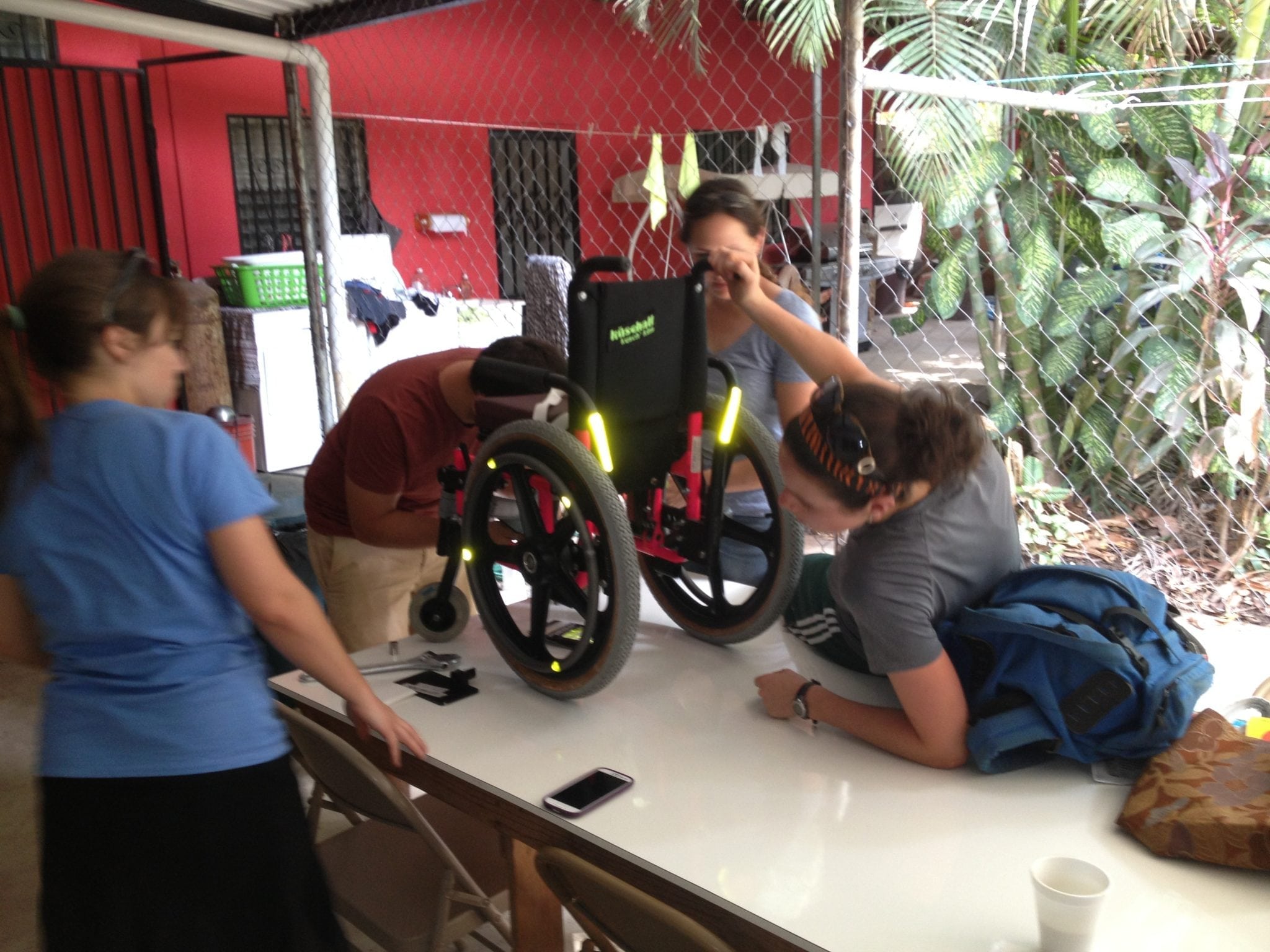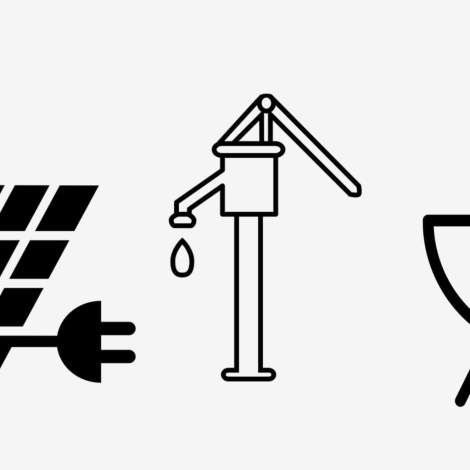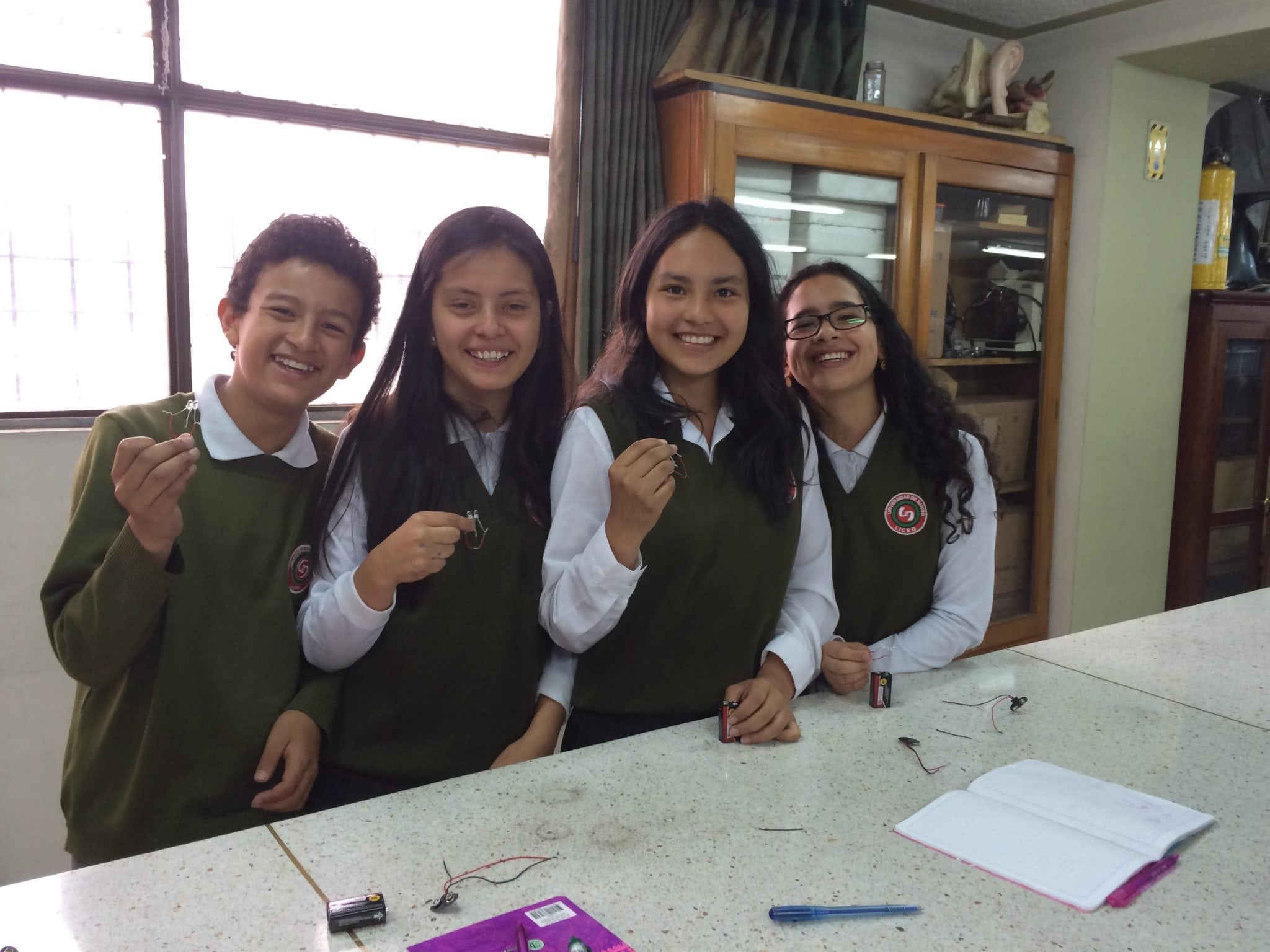This is the fourth in a series on principles based on the textbook Humanitarian Engineering: Creating Technologies that Help People, by Kevin Passino. This series is adapted by the author for Engineering for Change. Download Humanitarian Engineering, 3rd Edition, for free.
Some key components of being a “professional” are competence and conduct.
Competence in science
Competence for an engineer means having a good knowledge of the underlying science (e.g., physics and chemistry) and mathematics (e.g., differential equations and statistics).
Competence in technology
It also means having deep knowledge of the operation of the technology at hand, the latest advances in the technology, the history of how advances were made for the technology (e.g., in case an earlier simpler version of the technology best fits the current situation), and the range of related technologies, ones that can solve the problem or closely related problems.
Competence in social and environmental context
It also means knowing about social and environmental influences on the technology (e.g., ease of operability and survivability in harsh environments), and the technology’s impact on the social context and environment (effects on relationships in the community and effects on polluting the local water supply).
Gain competence
Taking all such issues into consideration, the professional engineer creates the best technology design possible, one that meets constraints (performance, reliability, cost, environmental, social, use of local materials, etc.) in the social and physical context (e.g., getting good community participation), and keeping the people firmly in mind (e.g., respecting the wishes of individuals).
Learning how to be a professional humanitarian engineer can be assisted by the “open-source” appropriate technology information that is available on the internet (e.g., the E4C Solutions Library), books and articles, and collaborations and discussions with other engineers, for instance, at a conference on humanitarian technology (there are several).
Good conduct
In addition to competence, to be a professional means having good conduct. Obviously, this would mean not mistreating community members or colleagues in any way, e.g., via discrimination, exclusion, or marginalization.
Connecting the two
Connecting competence to conduct, professionalism also includes, in the context of engineering ethics, “holding paramount the safety, health, and welfare of the public.” This demands honesty, broad spatio-temporal understanding (e.g. long-term impact on people’s health and down-stream impacts of pollutants), and a general professional “helping” stance where you are concerned with the well-being of the community in all things you do in technology development and deployment.

OSU students engage in a humanitarian engineering project in Choluteca, Honduras, designing a wheelchair for a disabled person, a project was led by Roger Dzwonczyk. Photo courtesy of Kevin Passino
Humanitarian Engineering Series
Humanitarian Engineering Principle One: Focus on People
Humanitarian Engineering Principle Two: Relate, Listen, Ask, Cooperate, Empower
Humanitarian Engineering Principle Three: Understand Social and Physical Context
Humanitarian Engineering Principle Five: Build Technological Capacity
Humanitarian Engineering Principle Six: Ensure Long-Term Positive Impact
Humanitarian Engineering Principle Seven: Understand Impact from Social Context
Humanitarian Engineering Principle Eight: Design for Sustainability
Humanitarian Engineering Principle Nine: Assess Outcomes
Humanitarian Engineering Principle Ten: Promote Human Dignity, Rights, and Fulfillment

